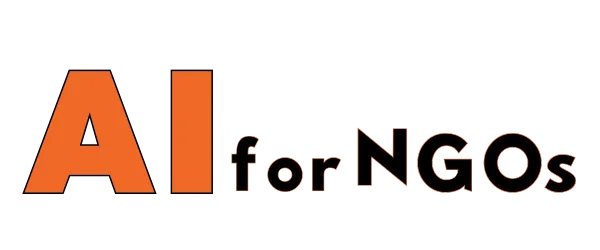Artificial Intelligence (AI) has become a powerful tool driving positive change in various sectors, including healthcare, agriculture, education, and environmental conservation. By harnessing the capabilities of AI, organizations and governments around the world are making significant strides towards achieving the Sustainable Development Goals (SDGs) set by the United Nations. AI technologies such as machine learning, natural language processing, and computer vision are being used to address complex challenges and drive innovation in ways that were previously unimaginable.
Healthcare
AI is revolutionizing the healthcare industry by enabling faster and more accurate diagnosis, personalized treatment plans, and efficient management of healthcare resources. Machine learning algorithms can analyze vast amounts of medical data to identify patterns and predict patient outcomes. AI-powered diagnostic tools are helping healthcare providers detect diseases at an early stage, leading to better treatment outcomes and higher survival rates. Additionally, AI technologies are being used to develop new drugs, improve drug discovery processes, and optimize clinical trials.
Agriculture
In the agriculture sector, AI is helping farmers increase crop yields, reduce waste, and improve sustainability. By analyzing data from sensors, drones, and satellites, AI systems can provide valuable insights on soil quality, weather conditions, and crop health. This information enables farmers to make data-driven decisions on planting, irrigation, and fertilization, leading to higher productivity and decreased environmental impact. AI-powered technologies such as precision agriculture and automated farming equipment are transforming the way food is produced and distributed.
Education
AI is reshaping the education sector by personalizing learning experiences, improving student outcomes, and expanding access to quality education. Adaptive learning platforms use AI algorithms to assess students’ strengths and weaknesses, tailor educational content to their individual needs, and provide real-time feedback. Virtual tutors and chatbots powered by natural language processing help students learn at their own pace and receive instant support. AI technologies also enable remote learning, allowing students from diverse backgrounds to access education regardless of their physical location.
Environmental Conservation
AI is playing a crucial role in monitoring and preserving the environment by analyzing data from satellites, sensors, and cameras to track wildlife populations, monitor deforestation, and predict natural disasters. Machine learning algorithms can detect illegal poaching activities, identify endangered species, and assess the impact of climate change on ecosystems. AI-powered systems are also used to optimize energy consumption, reduce carbon emissions, and promote sustainable practices in industries such as transportation, manufacturing, and construction.
Conclusion
AI has the potential to drive positive change and accelerate progress towards achieving the Sustainable Development Goals. By leveraging the power of AI technologies, organizations and governments can address complex challenges, drive innovation, and create a more sustainable future for all. However, it is essential to ensure that AI is developed and deployed ethically, transparently, and inclusively to maximize its benefits and minimize its risks.
FAQs
1. How is AI contributing to achieving the SDGs?
AI is contributing to achieving the SDGs by enabling data-driven decision-making, optimizing resource allocation, and driving innovation in various sectors such as healthcare, agriculture, education, and environmental conservation.
2. What are some of the challenges in deploying AI for positive change?
Some of the challenges in deploying AI for positive change include ethical considerations, data privacy concerns, bias in algorithms, lack of skilled workforce, and regulatory frameworks that need to be addressed to ensure the responsible use of AI technologies.
3. How can individuals contribute to harnessing the power of AI for positive change?
Individuals can contribute to harnessing the power of AI for positive change by staying informed about AI technologies, advocating for ethical AI practices, supporting research and development in AI, and participating in initiatives that use AI for social good.









